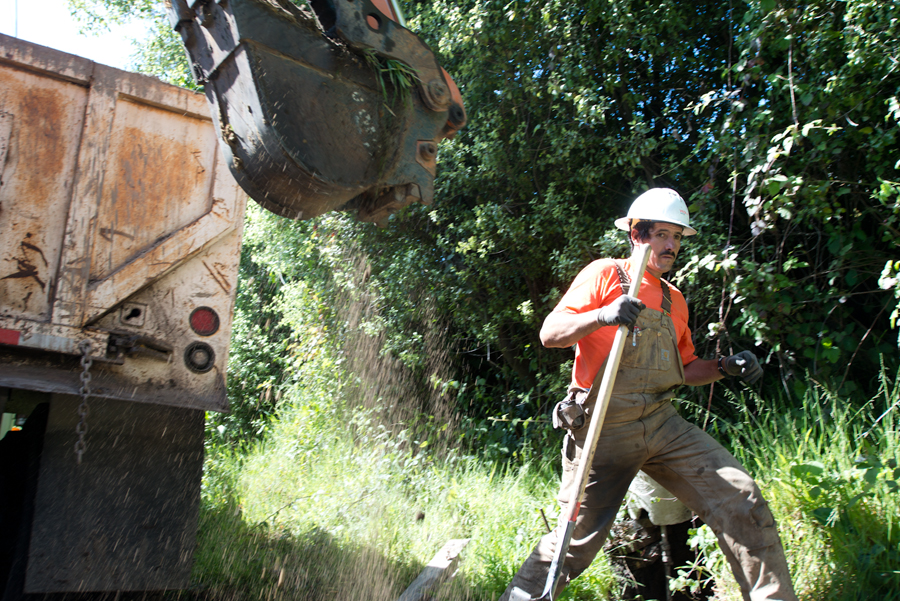When Bill Pierce visited the dam at Arroyo Hondo Creek one afternoon in April, the soft brush of water over the creek bed was not . . .
Old and new solutions for the Bolinas water supply


When Bill Pierce visited the dam at Arroyo Hondo Creek one afternoon in April, the soft brush of water over the creek bed was not . . .